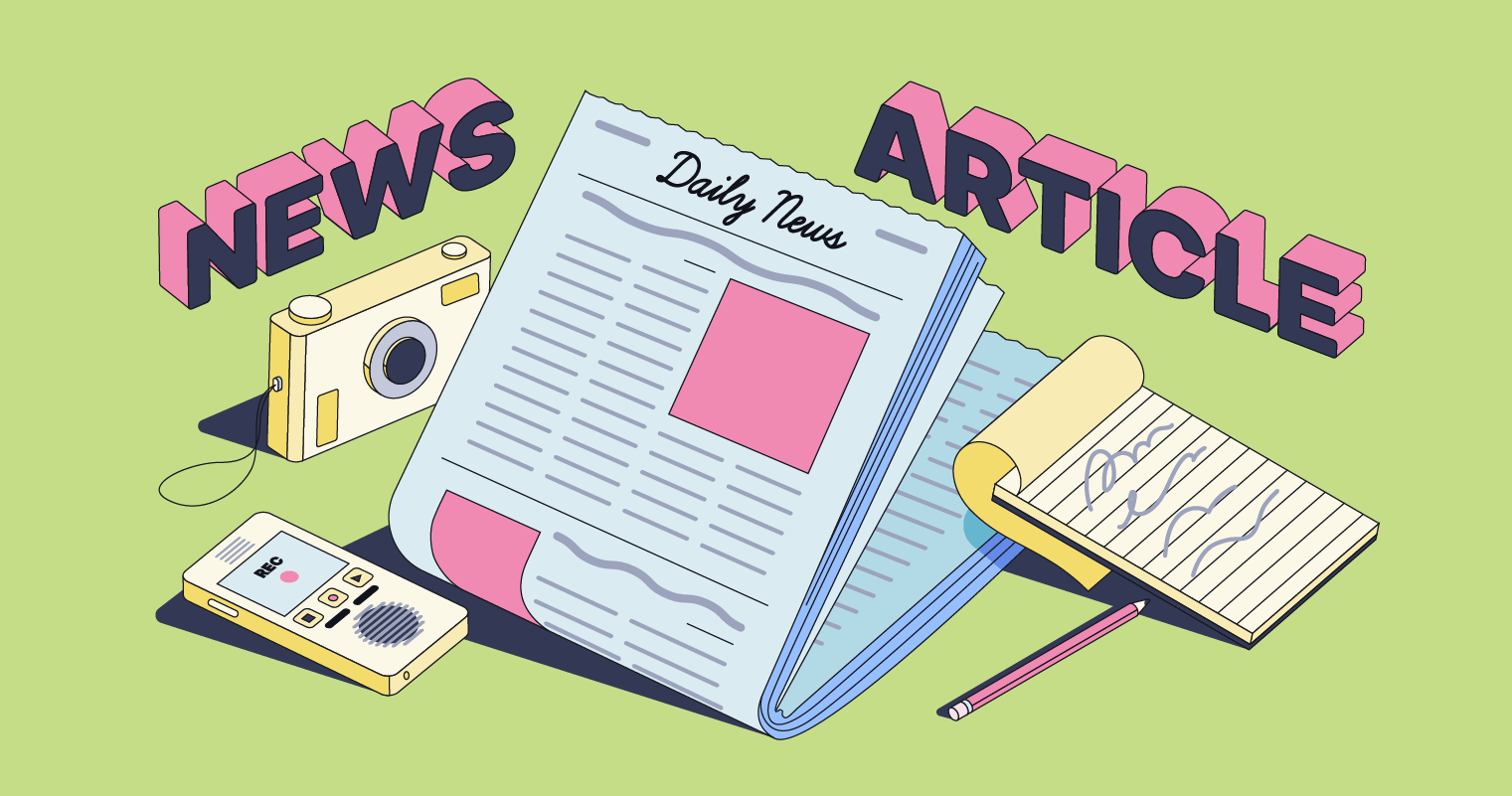The Of News Articles
The Of News Articles
Blog Article
News Articles Can Be Fun For Anyone
Table of Contents5 Simple Techniques For News ArticlesThe 6-Minute Rule for News ArticlesAn Unbiased View of News ArticlesThe Ultimate Guide To News ArticlesAll About News Articles
Excellent knowledge of different subjects provides trainees an affordable edge over their peers. Even though digital and social media are readily easily accessible, we should not neglect exactly how essential it is to read the newspapers. Moms and dads must attempt and inculcate the habit of checking out a newspaper as an everyday regimen to continue the legacy of the revered print tool.News stories also have at the very least one of the following essential characteristics relative to the intended audience: closeness, prominence, timeliness, human rate of interest, strangeness, or repercussion.
Within these limitations, information tales also aim to be detailed. Amongst the larger and much more recognized newspapers, fairness and equilibrium is a significant variable in providing info.
Papers with a worldwide audience, as an example, often tend to use a much more official design of composing. The certain choices made by a news electrical outlet's editor or editorial board are commonly accumulated in a style guide; common design overviews include the and the United States Information Design Book. The major goals of information writing can be summed up by the ABCs of journalism: accuracy, brevity, and clarity.
5 Simple Techniques For News Articles
As a policy, journalists will not make use of a long word when a brief one will certainly do. They use subject-verb-object building and construction and dazzling, energetic prose (see Grammar). They offer narratives, examples and allegories, and they seldom rely on generalizations or abstract concepts. News authors try to stay clear of making use of the very same word much more than when in a paragraph (occasionally called an "resemble" or "word mirror").
Nevertheless, headings often omit the subject (e.g., "Leaps From Watercraft, Catches in Wheel") or verb (e.g., "Pet cat woman fortunate"). A subhead (likewise subhed, sub-headline, subheading, caption, deck or dek) can be either a secondary title under the major headline, or the heading of a subsection of the short article. It is a heading that precedes the major text, or a team of paragraphs of the main text.

Additional billboards of any of these kinds may appear later in the short article (particularly on subsequent pages) to lure additional reading. Such signboards are also utilized as reminders to the write-up in various other sections of the magazine or site, or as ads for the item in other magazine or sites. Regular framework with title, lead paragraph (summary in bold), other paragraphs (information) and contact details.

Instance of a hard-lead paragraph NASA is proposing another room job. The budget plan requests roughly $10 billion for the task.
The NASA statement came as the firm requested $10 billion of appropriations for the project. An "off-lead" is the second most essential front web page news of the day. The off-lead shows up either in the leading left corner, or directly listed below the lead on the right. To link "bury the lead" is to start the article with history info or details of secondary significance to the readers, requiring them to check out more deeply into a post than they must have to in order to uncover the vital factors.
Some Known Facts About News Articles.
Typical use is that or more sentences each create their own paragraph. Reporters typically define the organization or structure of a newspaper article as an inverted pyramid. The vital and most fascinating elements of a story are placed at the start, with supporting details following in order of reducing relevance.
It allows individuals to check out a subject to only the depth that their interest takes them, and without the charge of details or subtleties that they could think about unnecessary, yet still making that information available to much more interested viewers. The upside down pyramid structure also allows short articles to be cut to any arbitrary size throughout format, to suit the room offered.
Some writers start their tales with the "1-2-3 lead", yet there are many kinds of lead offered. This style inevitably starts with a "5 Ws" opening up paragraph (as described over), complied with by an indirect quote that serves to sustain a major component of the initial paragraph, and after that a straight quote to support the indirect quote. [] A twist can describe numerous points: The last story current broadcast; a "happy" story to finish the show.
Longer from this source articles, such as publication cover short articles and the pieces that lead the within sections of a paper, are called. Feature tales vary from straight news in a number of means. Foremost is the absence of a straight-news lead, the majority of the moment. As opposed to supplying the essence of a story up front, attribute writers may try to entice readers in.
Not known Facts About News Articles
The reporter typically information interactions with interview subjects, making the item more individual. An attribute's first paragraphs usually associate an intriguing minute or event, as in an "anecdotal lead". From the details of an individual or episode, its sight promptly expands to abstract principles concerning the tale's subject. The section more info here that signifies what a feature is around is called the or signboard.

The Editor's Tool kit: A Reference Overview for Beginners and Professionals (2001) Allan M. Siegal and William G. Connolly. The New York Times Guidebook of Style and Usage: The Authorities Design Guide Used by the Writers and Editors of the Globe's The majority of Authoritative Newspaper (2002) M. L. Stein, Susan Paterno, and R.
Report this page